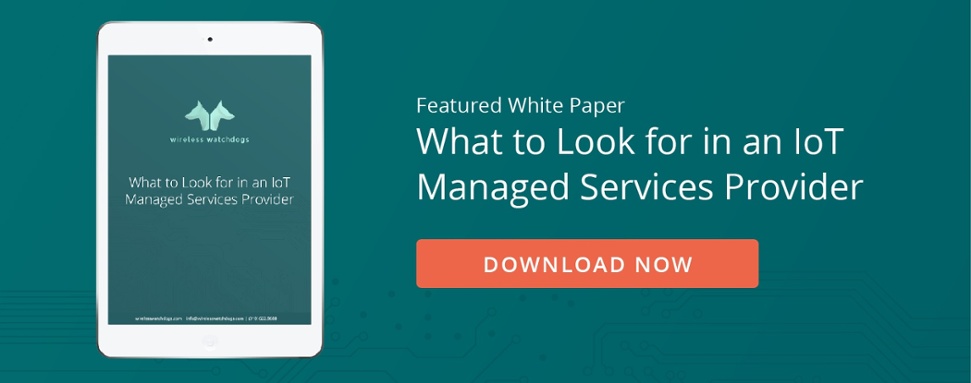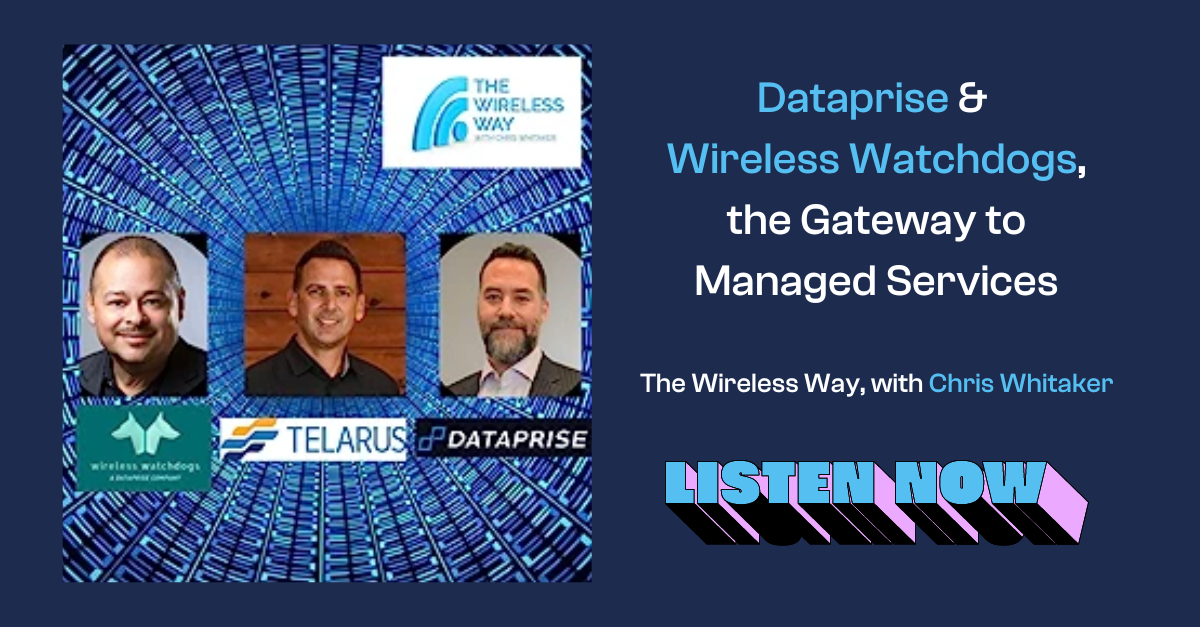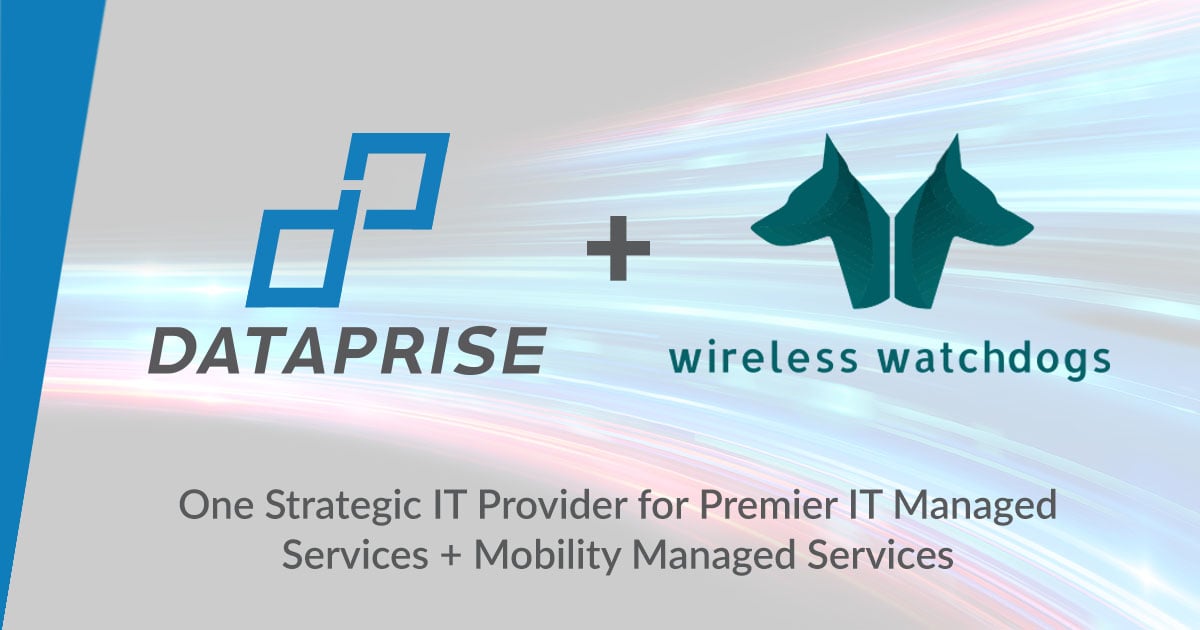We’ve written before about the growth of mobile device usage in the healthcare industry, and how along with that growth comes attendant problems in the proper management of those devices. And just as with their mobile device cousins, IoT deployments in healthcare stand to transform the industry – but bring along with them many of the same problems.
The primary problem that IoT deployments bring along with them has to do with the large numbers of connected devices that are typically attached to a network during the deployment. Although the numbers of devices in a healthcare IoT setting might not be as large as, say, a factory IoT deployment that might number in the tens of thousands of devices, nevertheless the numbers are high when one factors in not only newly-connected medical devices – heart monitors, drug delivery systems, and equipment tracking are just a few examples – but also the routers, gateways, and other connected device infrastructure needed to complete the deployment.
The problem with all of these newly-connected devices lies in the lack of their proper management, and the safety, security, and cost issues that arise from improper management.
The Potential Problems of IoT in Healthcare
Patient safety, of course, is always a top priority. And ensuring that connected devices are safe for use requires that the devices themselves always have the latest hardware and software updates, that their connectivity is guaranteed, and that their status can be continually monitored.
Closely related to patient safety is the need for the devices to be properly secured from hackers – and one has only to imagine the horrors of a drug-delivery device being altered to improperly dispense opioids, for example, to see why this is so. But aside from such scenarios, there’s also the severe (and probably much more likely) risk that hackers can gain control of a connected IoT device and use it as a backdoor into the healthcare provider’s data, and thus be able to access or steal vast amounts of data that is personal, private, and sensitive. Such data breaches are particularly costly, with the average cost per breach exceeding $400 per record for healthcare providers.
Connectivity management also plays a role. Although most IoT devices within a healthcare facility will be connected via WiFi, many will have cellular capabilities to provide a failover connection in case the WiFi network goes down or is otherwise inaccessible -- and in field settings, where WiFi might not be available at all, the ability to properly connect to a cellular network is of primary importance. Thus, finding the best cellular network for a given device in a given setting is important, and improperly managed devices can lead to issues not only of the connectivity itself, but also the costs of connectivity – which can be substantial when the amount of devices fielded is high.
All of these IoT device issues are important. And all are manageable, when the healthcare provider’s IT department is properly staffed and trained. The trouble is that very often the IT department is neither properly staffed nor properly trained to handle the sudden and large influx of devices seen during an IoT implementation. Instead, they are staffed and trained to handle the preexisting operations of the IT department – keeping the servers updated, the data backed up and available, nursing station computers operational, and all of the other tasks that comprise the daily life of IT personnel at a healthcare provider.
Healthcare IT Departments are Good -- and Already Busy
But the problem isn’t that healthcare IT departments aren’t good at what they do – in fact, they typically excel at it. Rather, when a large-scale deployment of IoT devices occurs, the IT workload also suffers a large-scale increase in their duties, owing to the sudden need to manage the safety, security, maintenance, and other issues of the devices that we’ve already discussed – along with coping with a likely sudden influx of help desk and support calls as things invariably go wrong with certain devices.
In such situations, healthcare executives quickly become faced with a choice: Increase IT staffing levels, with the extra costs and space requirements which that entails, or turn to an outside vendor to help get their IoT device management under control.
And indeed, a qualified, experience IoT device management company can lift much of the burden from the healthcare IT department both quickly and efficiently by ensuring that the IoT devices are properly managed. Device status is monitored, hardware and software versions are kept updated and current, connectivity uses the best option available, and 24 x 7 help desk support is provided. Such arrangements are a win all the way around for the healthcare provider: Security and safety are enhanced, costs are controlled, and their internal IT department is freed up to appropriately carry out their normal duties.
About Wireless Watchdogs
IoT deployments in the healthcare industry will continue to grow, and that’s a good thing – but only if the devices in those deployments can be properly managed to provide the safety and the cost-effectiveness required. Wireless Watchdogs has the capabilities and the years of experience needed to ensure that IoT devices, at any scale, are properly managed to help healthcare providers truly fulfill the promise of IoT. If you have any questions about how we can help you manage your IoT devices, feel free to contact us. If you're still unsure about what you should be looking for in an IoT managed services provider, whether within a healthcare setting or not, be sure and check out this free white paper:








